Create a thriving wildlife garden by attracting birds and bees to your garden with strategic planning and garden design. Besides offering beauty, they keep pests at bay and help with pollination. And we can always use and benefit from more pollinators, more native pollinators, and more habitat for our native and local pollinator insects.
Today is the first day of spring, I’ve been told. It doesn’t really feel like it here yet. It snowed all day yesterday and I woke up to a deep blue sky and cold. I can hear the birds chirping outside my kitchen window, but perhaps it’s just their beaks chattering in the cold. With the snow blanketing the ground, the few bare patches on the pasture are covered again. So I have to content myself with surfing the internet and considering my garden plans instead of actually getting outside and digging in the dirt.
One thing I like to do in my garden every year is creating a small corner wildlife garden to attract bees, butterflies, frogs, hummingbirds, other birds and native pollinators. With the severe loss of habitat these creatures are facing, you and I can support them by making our own gardens a refuge. And our gardens will thrive as a result. Besides offering us entertainment and distraction birds, bees, butterflies, and other wildlife reduce insect pests, increase yields by improved pollination, and keep diseases out of our garden. These wild life attractant areas can also be permaculture focused areas, helping us work with nature and the natural cycle rather than against it.
To celebrate the spring that is sure to come…someday…soon… here are ways to help you make your garden, yard, or homestead more attractive to the birds and the bees. This is super important with the current crisis in the honey bee population. Native bees, butterflies, and birds are pollinators, too, and as gardeners, we need to actively encourage their health, nourishment, and reproduction if we want to keep them around.
Other birds and insects are beneficial pest controllers. Swallows, bluebirds, dragonflies, and ladybugs take care of pests so you don’t have to resort to harmful poisons. You can encourage bluebirds to nest on your property by building DIY nesting boxes. You don’t have to be a professional woodworker to make them yourself.
Even amphibians can help make your garden more productive when you make a frog habitat that is beneficial for them.
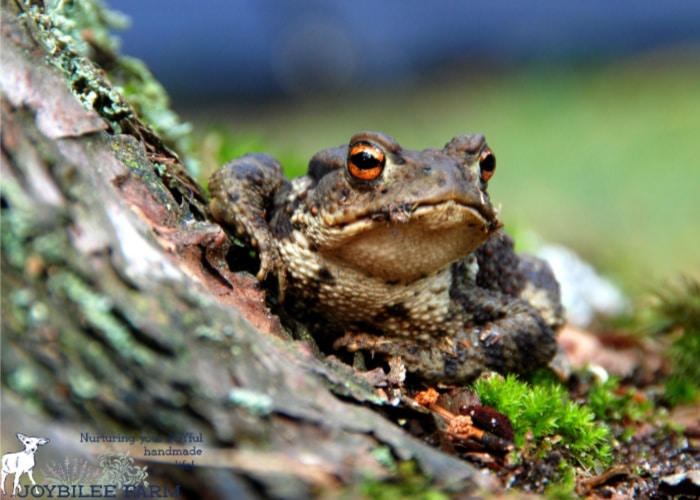
Attracting Songbirds to your Wildlife Garden by Providing Nesting Boxes
You can increase the songbird population around your garden by providing predator-proof nesting sites. Many songbirds eat the insects that plague you and your garden. Bluebirds and swallows both consume mosquitoes and other pests as well as providing entertainment as they swoop close to the ground in the evenings when these pests are active.
- Swallow Nesting Boxes from Fraser Valley Birding
- DIY Bluebird Nesting Boxes cut from one board
- You can also grow birdhouse gourds in your garden, dry them and make a birdhouse for purple martins.
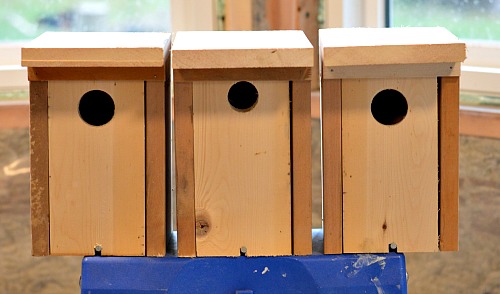
Attract Hummingbirds with Native Plants
While many people mix sugar and water to provide nectar for hummingbirds, you can also feed them with native plants. Fuchsias and other red, trumpet-shaped flowers are perfect garden plants to attract hummers, but there are others that are just as attractive. Attracting Hummingbirds to your Wildlife Garden by creating a hummingbird habitat. You’ll want to provide the trumpet-shaped flowers that hummingbirds use as a nectar source. You’ll also want to provide water and nesting areas that are sheltered from predators to create a hummingbird habitat in your backyard.
- Host More Hummingbirds in Your Garden This Spring
- 15 Red Hummingbird Friendly Flowers to Add to Your Organic Garden
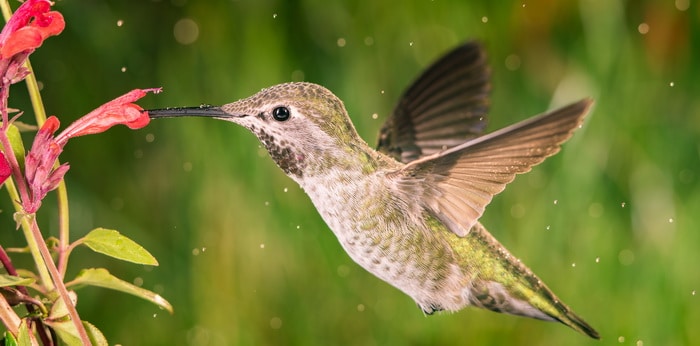
Planting a Bee and Butterfly Wildlife Garden
Bees and butterflies need both nesting and egg-laying sites, as well as pollen to thrive in your garden. Planting a wide variety of flowering and pollen-bearing plants will ensure that your bee and butterfly population is varied and healthy. A healthy population of native pollinators will help all your flowering plants bear fruit. Flowers that are rich in nectar and pollen are important food sources for honeybees and native bees. Both annual flowers like sunflowers and perennial herbs like anise hyssop can provide food for bees and butterflies all season long. Native pollinators are especially attracted to native herbs and flowers like monarda and echinacea. Check out these suggestions for attracting native bees and butterflies to your homestead.

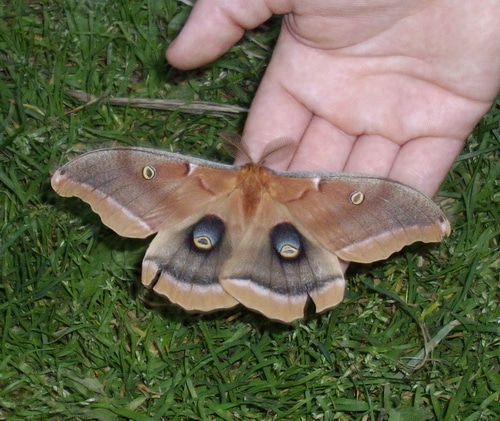
Building housing areas for native bees and beneficial insects
When we lived in Mission, BC, we had a healthy native population of blue mason bees. We took blocks of cedarwood, drilled holes in them, and set them out. It wasn’t long before every hole was filled and we had a strong population of native bees around our cherry and apple trees. But a few years later, we found that the woodpeckers had also found the nesting sites and in just a few minutes our bee hotel was decimated.
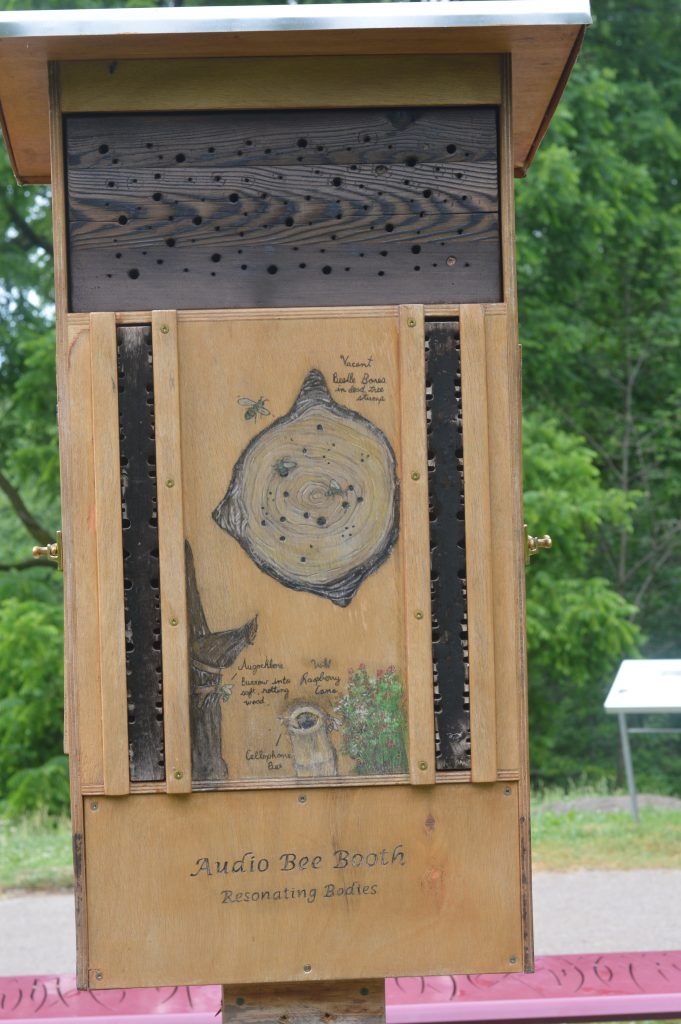
Bee hotel at the Royal Botanical Gardens in Ontario
According to Carolina Bees, nectar is not the only liquid that bees collect. Like all living creatures, bees need water. A freshwater source is important for honey bees. They use it to mix food for baby bees, and also to dilute honey for eating. Read their article to learn the best ways of creating a bee or butterfly watering area.
Here’s a better way to provide housing – one that attracts a wider variety of native pollinators. And also build a mason bee house when you learn how to Make a Bee Hotel
Our article 5 Bee Friendly Perennials for Your Zone 3 Garden for Better Biodiversity will help you make wise decisions about the perennials you grow on your property that are attractive to bees. Bees also use herbs and flowers medicinally. Sunflower pollen is used by both bumblebees and native bees to rid their nests of predatory mites.
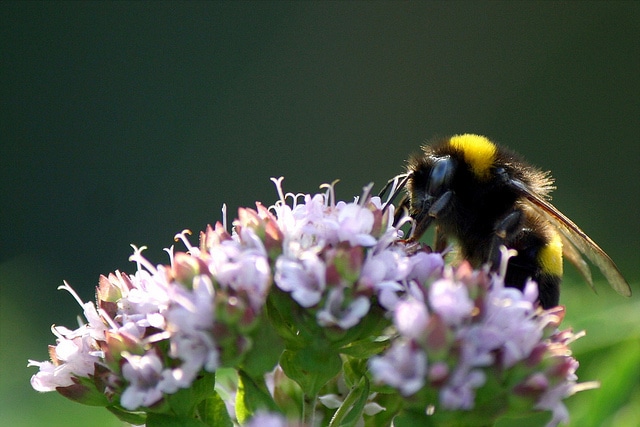
Ladybug Hotels to Help Them Overwinter
Another story from our years on the acre in Mission, BC — our garden in Mission was a zone 7B. The winters were pretty mild – rarely colder than -5C and there was only about a month when the weather stayed below freezing during the day. It was a damp area in the Pacific rain forest, with moss and dripping eaves daily, except for a few weeks in the middle of August.
Every winter, our 80-year-old house with single-pane windows, would be invaded by ladybugs. When you get 20 or 30 ladybugs in a room and there is a distinct odour. Try to scoop out the 100 ladybugs, to send them back outside, and they give off a distress pheromone that is just as bad as a stink bug. Even the cat didn’t want to eat them.
In Mission, BC, there is a grotto for an icon to the Queen of Heaven aka, “Our Lady of Lourdes” and one winter that grotto had an invasion of ladybugs. There were millions of ladybugs all over the building. The walls of the grotto were white, but you could not see a single inch of white because of the mass of ladybugs. The grotto had windows to bring light onto the icon, and if you could look in, you would see millions of ladybugs on the inside walls of the grotto, as well, as the outside walls.
The ladybugs swarmed to the side of the building – a 6 sided structure with a cupola roof and a white cross. They spent the day on the warm side, basking in the sun. At night they crept in through the ventilation grates to keep warm. They swarmed en-mass like a living organism and you could hear them and smell them as you got closer to the building.
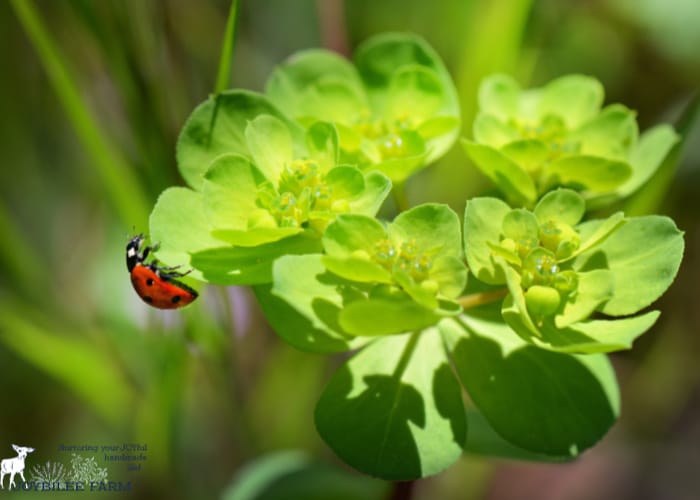
While you want the ladybugs in your garden to keep the aphids under control, you certainly don’t want them in your house! Build a few ladybug houses for your garden to help them overwinter, and they won’t need to seek shelter in your home. Try one of these resources to get started.
Lady Bug House Instructions from The Butterfly Website
Ladybug House Plans: How To Build A Ladybug House. Essentially this is a simple six-sided box, this house offers the little beetles shelter from the rain and wind, as well as protection from birds and other predators. The finished bug box can be left outdoors to weather naturally or painted in bright colours to accent your garden.
Attract frogs by making a frog shelter with broken pottery
Making a frog shelter for your garden is the easiest project to encourage these helpful, insect eaters. They require a cool, damp, shady spot to get out of the hot noonday sun, and a place to escape the chickens and cats. Have you ever seen a chicken with a frog in its beak? Not a pretty situation for the frog. Pretty funny, though, to watch. My black bantam Araucana hen ran around with a little tree frog dangling from her beak, being chased by the rest of the flock, who all wanted her scrumptious treat. And the little black hen swallowed the frog whole. Shocking!
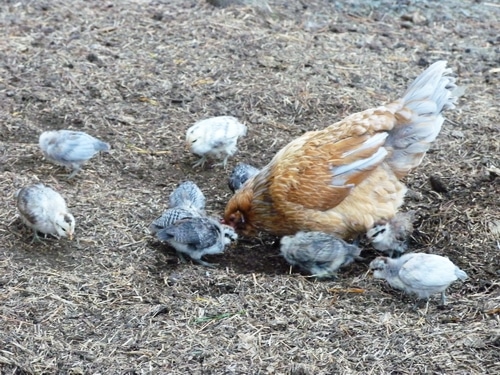
It would be good if you could prevent these tragedies by providing shelter for the frogs, so they have an escape plan when the hens are scratching nearby. Save up the broken pottery dishes (do you have as much broken pottery as I have?) and you’ll have the perfect start for this quick project.
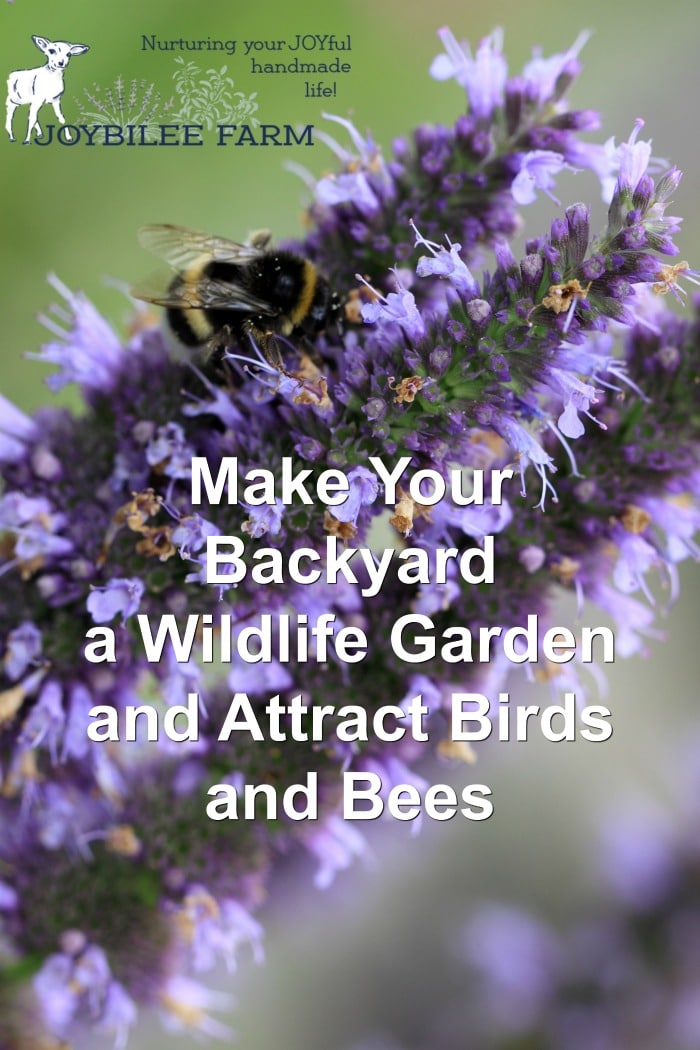
Place it in a shady spot behind your garden fence and leave some grass growing around it for shelter. Read more in the article and get directions about How To Make a Frog House for your garden. It’s so easy to do, and you probably already have the materials on hand.
Add a water source
Food and shelter are not the only essentials you’ll need to provide if you want to create a wildlife garden in your backyard. You’ll also want to add a source of water. Be sure that it has a shallow area with some flat pebbles so that bees can rest and not drown when they take a drink. Add a little bit of depth at one end for birds to bathe and preen. A solar fountain pump like this one can keep the water circulating so that bacteria and algae don’t build up in the water.
Wildlife gardens need shelter, natural food sources, and water in order to attract and sustain wild populations of beneficial birds, insects, and amphibians. But when your backyard is thriving with wildlife they will work with you to reduce insect pests and enhance pollination. Enhance your wildlife garden and attract pollinators that help us to live abundantly.


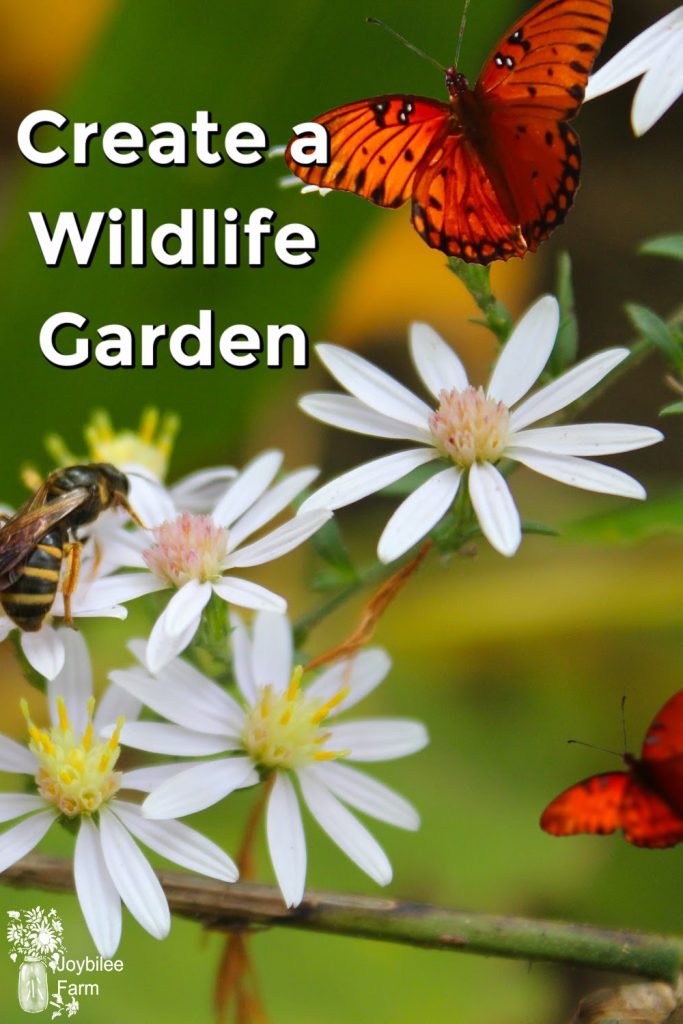
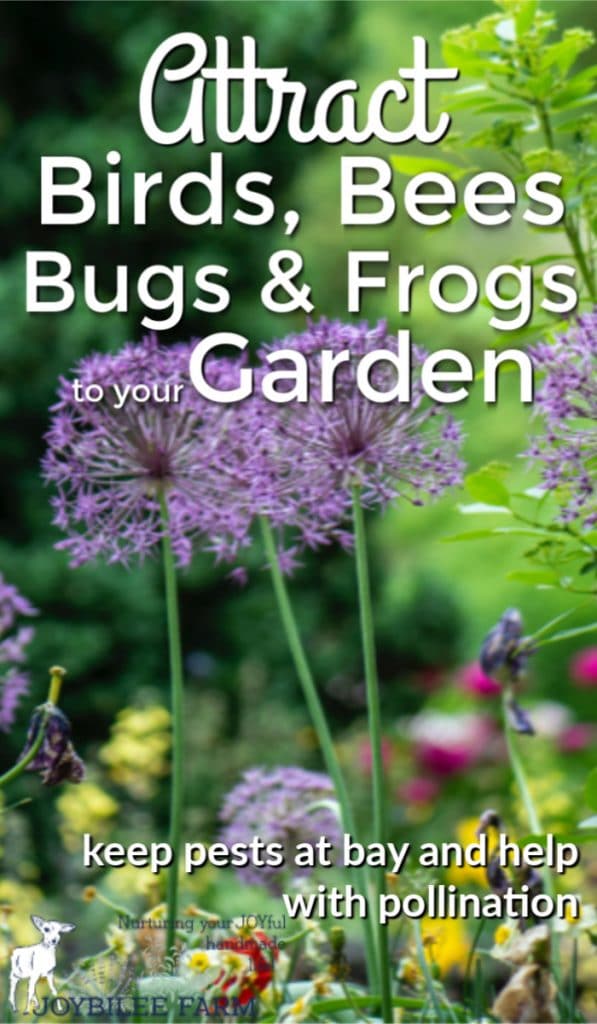

Looking for help, I have hundreds of Rollie Pollies in my raised bed. They have eaten all my spinach! I am looking for a way to get rid of them organically. Any suggestions?